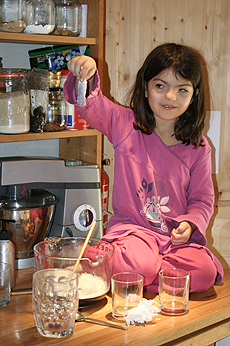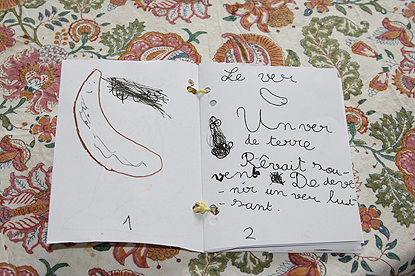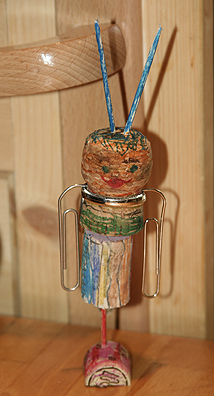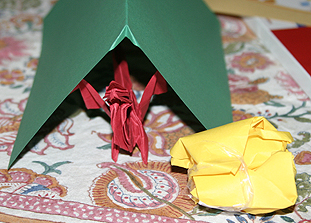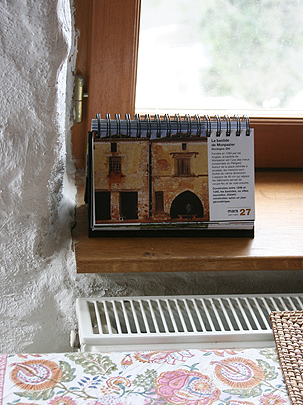I have found more school conspiracy stuff to read on the Internet. This time it’s Richard Mitchell, with, for example, ‘The Graves of Academe’. I must admit that I’m enjoying it an awful lot more than John Taylor Gatto, though I liked that too. I suppose Mitchell felt that he had to maintain a certain level of written English, if he was going to pick on the dummies. Not lak wot ar does ‘rand ‘ere. Besides that, he and Gatto probably have a point, and it’s pretty precisely the same one. I hate to condemn a group of people on the basis of selected quotations, but it certainly looks to me as if the members of that Commission on the Reorganization of Secondary Education all wanted shooting.
Although I’m sure functionaries in all cultures are expert at the passive voice and the concealment of agency, it seems to have sunk into American mainstream culture much more than it has elsewhere. I encounter this all the time in my own life. Normally, a British wife can ask questions such as the following of her husband, in a spirit of innocent and idle curiosity:
“Did you, or did you not, on the evening of March the 30th, 2008, substitute 2lbs of assorted red hot chilli peppers and spicy sauces for the 2lbs of beef in the beef chilli recipe, and, if you did, then why did you do so?”
The true-blooded American tends to take the implication of personal agency as some kind of incipient accusation and reacts defensively. I have learned from bitter experience that polite responses in American English must involve me-statements, I think they’re called, and preferably ones that invoke the speaker’s own deficiencies. Something like “my taste-buds just haven’t been sufficiently trained for this” will do, or even the oh-so-common “I’m sorry, I don’t think I can eat this”. In British English, the first of these is assumed to be sarcasm in its snidiest form, the second is just not done. You damn well do eat it, even if you have to resort to such childish subterfuges as distributing it around your plate so that it looks as if most of it has gone, or mixing it with large amounts of something palatable. Alcoholic beverages are recommended for this purpose. That’s why the Brits drink so much.
Now as for the French: I’ve occasionally glanced at the texts they print for schoolteachers here, and I once bought a book entitled “What your child learns in Maternelle (preschool/kindergarten)“. One day I’ll dig it out and translate some passages, just for a laugh. Suffice it to say that although I’m very fluent in French, and although the book is more than 200 pages long, I have no clue what the authors think kids are learning in Maternelle. As far as I could tell, it was a long string of words, signifying nothing.

